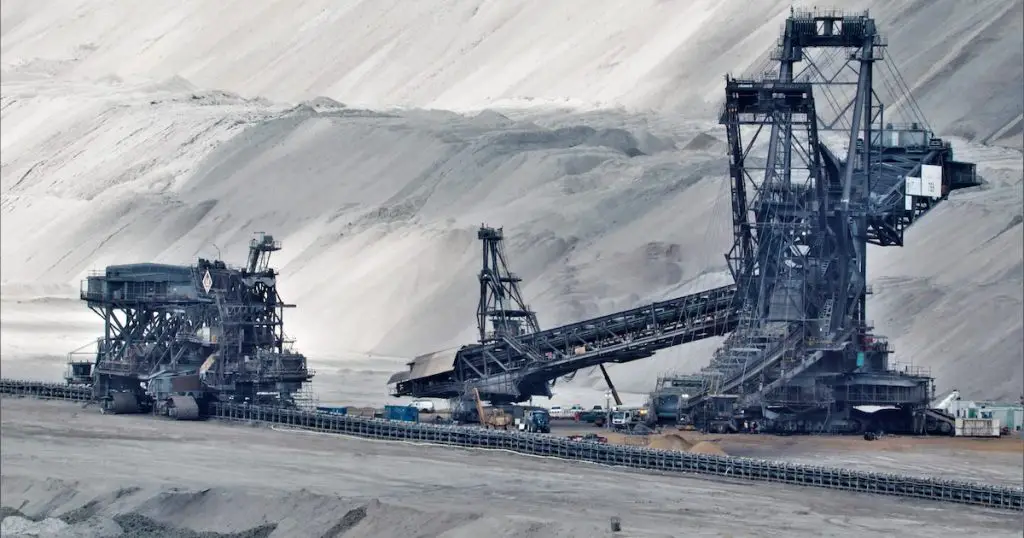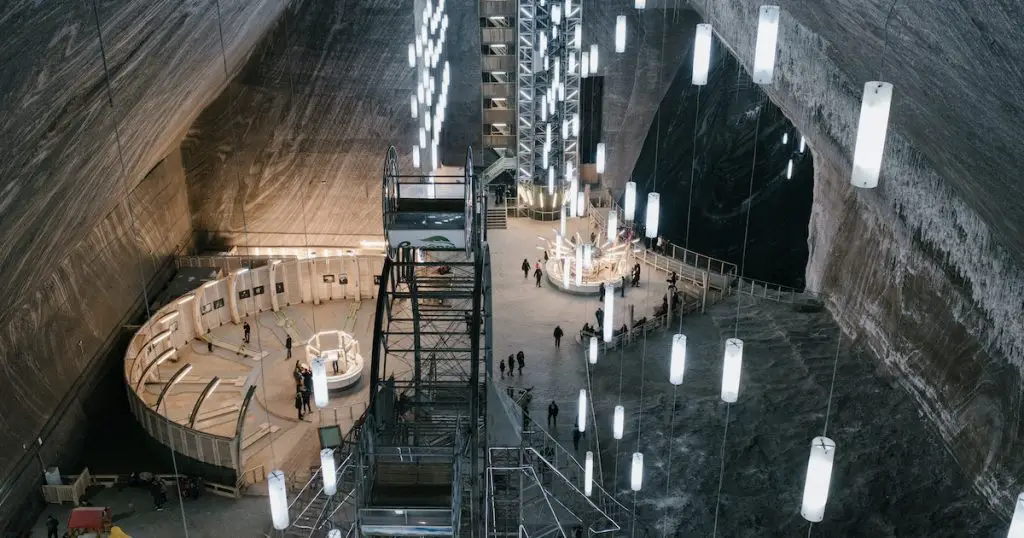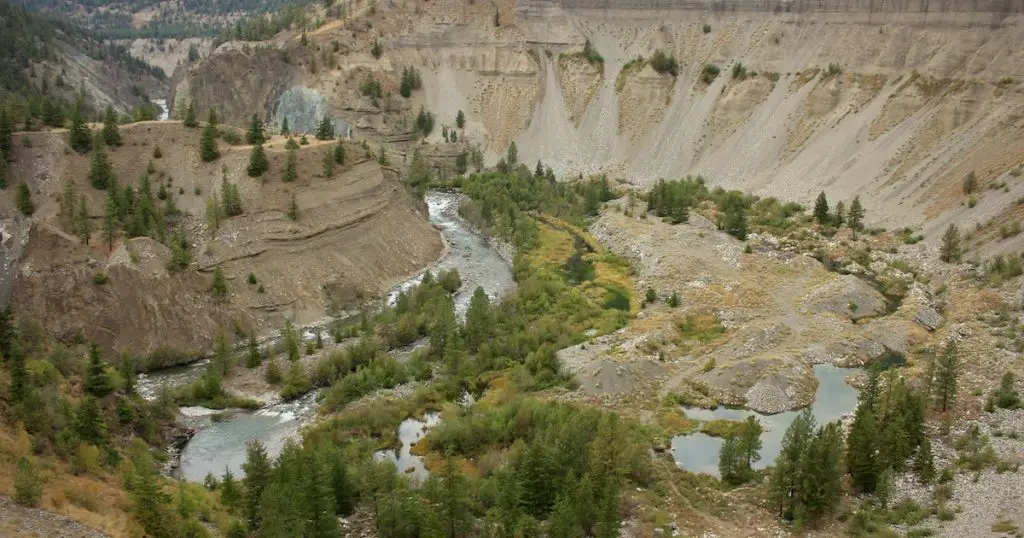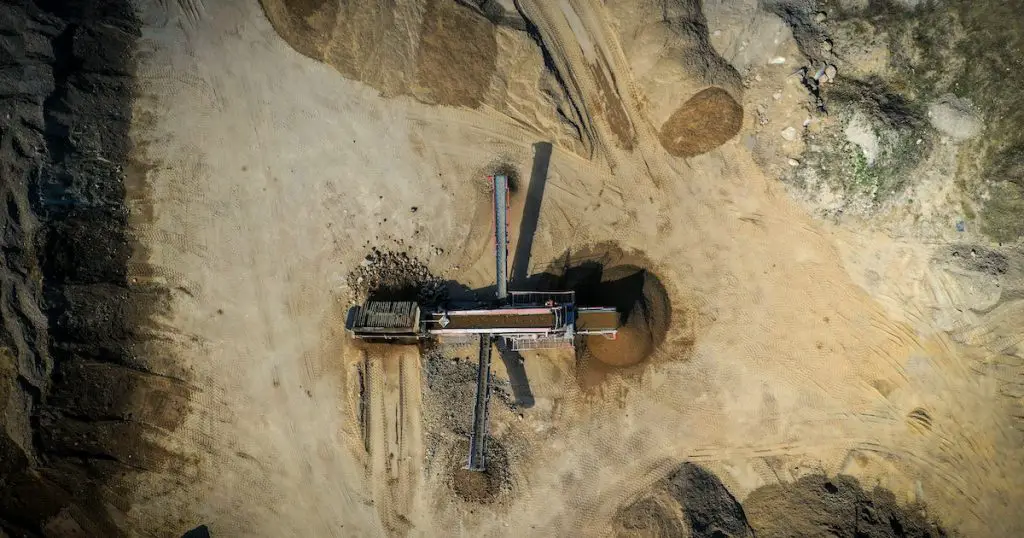The rich heritage of Prescott is intertwined with tales of discovery, sweat, and prosperity from its mining epoch. A central part of its history, the old mining sites not only tell tales of a bustling economy but also of a community’s spirit.

The preservation of old mining sites in Prescott is more than just an homage to the past; it’s about cherishing our roots and understanding the very foundation of this beautiful city.
The Current State of Old Mining Sites
Prescott’s old mining sites, once bustling hubs of activity, now stand as silent sentinels to a bygone era. While some have weathered the test of time, retaining glimpses of their former glory, others show signs of decay, wear, and neglect. Nature has reclaimed portions, with flora and fauna making homes amidst the rusted machinery and deserted tunnels.
Yet, amidst this stillness, there’s an unmistakable aura of resilience. For those who venture to these sites, there’s a palpable sense of history, of stories waiting to be uncovered. And as Prescott looks to the future, these remnants beckon, promising new chapters in their ever-evolving narrative.
Overview of Existing Mines in Prescott
There are numerous old mines dotting the landscape of Prescott. Some, like the Senator Mine and the Blue Bell Mine, have historical significance due to their size and contribution to the local economy.
However, many of these mines now lie dormant, their entrances sealed, and interiors forgotten. Prescott’s Historic Mines gives an interesting insight into some of the major mines and their current statuses.
Threats and Challenges Facing Old Mines
While these mines are a significant part of Prescott’s history, they aren’t without issues. Natural elements, human interference, and a lack of regular maintenance have exposed them to potential decay. Erosion, unauthorized excavations, and even vandalism have posed significant threats.
Moreover, as urban development encroaches upon these spaces, the tug-of-war between conservation and commercialization intensifies.
Environmental Impacts and Considerations
The vestiges of Prescott’s mining history, while rich in cultural and historical value, also pose unique environmental challenges and considerations. Abandoned mines can have residual effects on the ecosystem, from water contamination to habitat disruptions. On the flip side, preservation initiatives often emphasize sustainable practices, transforming these sites into green spaces or leveraging them for ecological research.
Such efforts not only mitigate past damages but also foster a harmonious coexistence between man-made structures and nature. By addressing these environmental facets, preservation becomes a holistic endeavor, balancing the imperatives of history, community, and the natural world.
Ecological Repercussions of Neglecting Old Mines
Left unattended, old mines can pose environmental hazards. Water accumulated in the mines can become acidic, causing soil contamination.
The Environmental Protection Agency has often highlighted the potential risks of old mines, particularly when they lead to soil erosion or the leaching of harmful chemicals into nearby water sources.
Benefits of Environmentally-Friendly Preservation
Preserving mines isn’t just about holding onto history; it’s about protecting our environment. Proper preservation can prevent soil erosion, safeguard local flora and fauna, and ensure that harmful remnants from mining operations don’t jeopardize our ecosystems.
Initiatives like the Clean Water Act emphasize the importance of treating and maintaining these sites with care.
Cultural and Historical Significance
The old mining sites of Prescott are more than mere relics of an era gone by; they are vibrant chapters in the city’s storied past. Each mine, with its unique tales of discovery, endeavor, and community spirit, adds depth to Prescott’s cultural tapestry. These sites serve as tangible reminders of the grit, determination, and innovation that shaped the city’s identity.

By preserving them, we’re not only celebrating the milestones of our ancestors but also ensuring that future generations can connect with their roots. In a rapidly changing world, these preserved sites offer a grounding touchstone to heritage, tradition, and shared community values.
Mining’s Role in Shaping Prescott’s Identity
Mining has been integral to Prescott’s development. The rush of settlers, the thriving businesses centered around mines, and the communities that sprouted all bear testimony to the deep-rooted influence of mining.
Historical records from Prescott’s Public Library provide a comprehensive account of how these mines shaped the city’s cultural and social fabric.
Stories and Tales from Old Miners
Every mine has a tale to tell. From the legends of vast treasures hidden deep within to personal anecdotes of miners and their families, these stories add depth and dimension to the mere physical existence of the mines.
Organizations like Prescott’s Historical Society have documented oral histories, ensuring these tales don’t fade with time.
Economic Benefits of Preservation
Preserving Prescott’s old mining sites isn’t just an homage to history; it’s a sound economic investment. The revitalization of these sites stimulates local economies by attracting tourists, generating employment, and spurring ancillary businesses.
Beyond direct revenues from entry fees and guided tours, there’s a ripple effect: local hotels, restaurants, and shops witness a surge in patrons. Moreover, preserved sites often become venues for events, workshops, and educational programs, further diversifying income streams.
In essence, by safeguarding these historical treasures, Prescott is also crafting a sustainable economic future rooted in its rich past.
Tourism Potential of Restored Mining Sites
Tourism stands as a beacon of hope for these old mines. Restored sites can attract history enthusiasts, educators, and general tourists alike. The potential revenue generated from mine-based tourism is substantial.
Local businesses, from lodging to restaurants, can thrive with increased footfall. According to a study by Travel Arizona, historical sites consistently rank among the top attractions for visitors.
Job Creation and Local Economic Stimulus
Beyond tourism, preservation projects can create jobs. Whether it’s in restoration, site maintenance, or guided tours, the local community stands to benefit economically from these endeavors.
According to the National Trust for Historic Preservation, preservation activities can act as economic catalysts for local communities.
Methods of Preservation
There’s a subtle difference between restoration and conservation. While restoration aims to return something to its original state, conservation focuses on preserving its current state, preventing further decay.
The approach to each mining site in Prescott needs to be tailored based on its historical importance, current state, and potential future use.
Modern Techniques in Mine Preservation
The field of preservation has evolved over the years. From using drones for aerial surveys to employing advanced materials for structural support, modern technology has been a boon.
Organizations like The International Council on Monuments and Sites regularly update best practices, ensuring historical integrity while leveraging modern methods.
Legal and Regulatory Landscape
Preservation isn’t just a matter of will; it’s bound by laws and regulations. There are policies in place, both at the state and federal level, which guide the preservation of historical sites.
For instance, the National Historic Preservation Act serves as a cornerstone in the preservation of America’s historic and archeological sites.
Gaps and Potential Improvements in Legislation
While existing legislation provides a framework, there are always gaps that need addressing. Whether it’s funding challenges, bureaucratic red tape, or lack of awareness, potential improvements are ever-present.

Engaging with local and federal bodies, such as the Advisory Council on Historic Preservation, can provide clarity and direction.
Community Involvement and Stakeholder
The heart of any preservation effort lies with its people. Local communities play a pivotal role, from advocacy and volunteering to simply spreading awareness.
The success stories of community-led preservation projects, highlighted by organizations like Main Street America, serve as inspirations.
Collaboration with Indigenous Groups and Their Historical Ties
Indigenous communities have ties to these lands that date back centuries. Their insights, stories, and cultural significance add layers to preservation efforts. Collaborating with them ensures a holistic and respectful approach.
Resources from The National Association of Tribal Historic Preservation Officers can offer guidance on this front.
Case Studies: Success Stories in Preservation
The journey of preserving Prescott’s mining sites is illuminated by remarkable success stories that serve as beacons of inspiration. These case studies, from the meticulous restoration of Senator Mine to the adaptive reuse of Blue Bell Mine, encapsulate the dedication, innovation, and community spirit driving such endeavors.
Each success story underscores the tangible benefits of preservation: rejuvenated spaces, boosted tourism, educational hubs, and a revitalized sense of community pride. By delving into these narratives, we not only acknowledge the commendable achievements but also glean invaluable insights for future projects.
The Revitalization of Senator Mine
Senator Mine stands as a beacon of successful preservation. Once a major contributor to Prescott’s economy, it faced years of neglect. However, through concerted efforts from the local community, government bodies, and private investors, the mine has now become a significant tourist attraction.
Its transformation story, well-documented by the Prescott Mining Heritage Foundation, serves as a template for similar endeavors.
Lessons from Blue Bell Mine’s Successful Restoration
Blue Bell Mine’s journey of restoration is one of the challenges turned opportunities. While the initial attempts focused on just conserving the site, innovative approaches led to its development as an educational hub.
Schools and colleges now frequent the mine for hands-on experiences, as detailed by articles on Education and Mining in Prescott.
The Path Forward: Future Projects and Initiatives
Prescott’s commitment to its mining heritage is evident in the dynamic initiatives planned for the horizon. As we gaze forward, the blueprint encompasses not just preservation but revitalization. With several mining sites earmarked for restoration, the city is poised to meld the past’s charm with modern amenities and educational endeavors.
Through collaborations spanning public and private sectors, the aim is to create spaces that resonate with history while serving contemporary needs. This forward-thinking approach underscores Prescott’s vision of celebrating its legacy while fostering innovation and community engagement.
Upcoming Preservation Plans in Prescott
Prescott’s vision for its mining heritage is expansive. Several mines, previously overlooked, are now on the radar for potential preservation.
Collaborative efforts, public consultations, and detailed planning are underway. Keeping abreast with the latest in this sphere is made easy by the regular updates on Prescott’s Heritage Conservation Portal.
Opportunities for Public and Private Partnerships
The future is bright with opportunities for collaboration. Whether it’s corporate entities looking for CSR initiatives or philanthropists keen on preserving history, the doors are wide open.
Platforms like Partners in Preservation highlight the successes of such joint endeavors.
Engaging the Next Generation
The vitality of Prescott’s old mining sites isn’t just rooted in the past; it’s also about kindling excitement for the future. By inviting the younger generation to connect with these historical treasures, we’re not only imparting knowledge but also instilling a sense of pride and ownership.
Through immersive educational programs, interactive site tours, and storytelling sessions, youngsters can vividly relive the mining era. This hands-on approach ensures that as they grow, they carry forward the legacy, becoming custodians of Prescott’s rich heritage and its promise for the future.
Educational Programs and Site Tours
Incorporating the old mining sites into educational curriculums can spark interest in the younger generation.
Site tours, interactive sessions, and hands-on activities can make history come alive. Initiatives by Teach Arizona emphasize the value of experiential learning.
Building a Lasting Legacy for Future Prescott Residents
The efforts put in today will determine what the future generations inherit. Building a legacy isn’t just about preserving old structures but ensuring that the stories, lessons, and values are passed on.

Community storytelling events, documented by Stories of Prescott, capture this essence beautifully.
frequently Asked Questions:
In this section, we will be delving into some of the most common inquiries and curiosities that surround our topic.
Why are some old mines not suitable for preservation?
Not all mines can or should be preserved. Some might be structurally unsound, while others might pose environmental risks. The evaluation is often multifaceted, considering safety, historical significance, and potential future use.
How can I get involved in mining site preservation projects?
Start by reaching out to local preservation societies or community groups involved in such projects. They often welcome volunteers and contributions, both monetary and in-kind.
Are there any health risks associated with visiting preserved mines?
While preserved mines are made safe for visitors, it’s always good to be cautious. Stick to marked paths, heed warning signs, and ensure you’re appropriately dressed for the terrain.
What is the economic impact of mining tourism on Prescott?
Mining tourism has given a significant boost to the local economy. From direct revenue at the sites to increased business for local establishments, the ripple effect is substantial.
How are preservation projects funded?
Funding sources vary. They can include government grants, private donations, community fundraising, and revenue generated from the sites themselves.
Summary: A Brighter Future Through the Lens of the Past
Prescott’s mining sites are treasures that encapsulate the city’s rich history. Through concerted preservation efforts, we’re not only paying homage to the past but ensuring a legacy for the future.
By intertwining history, environment, culture, and economy, these sites have the potential to shape Prescott’s destiny for years to come.



Leave a Comment
You must be logged in to post a comment.